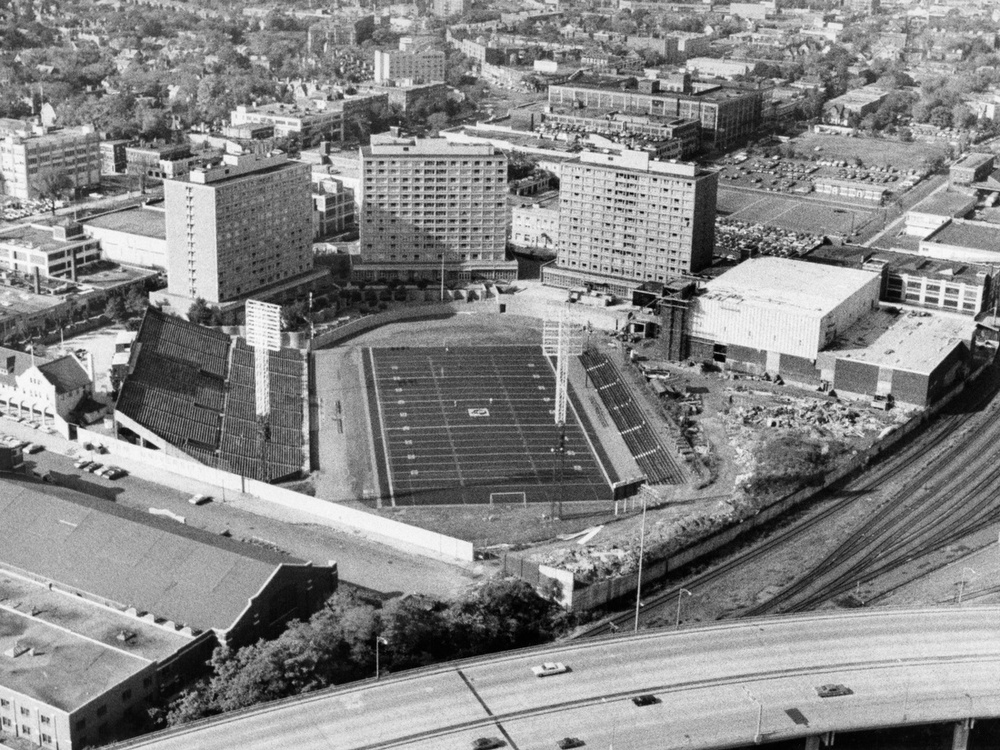- Messages
- 17,443
- Location
- New York City
Scenes from the third inning of the first game of the 1916 World Series between the Red Sox and the Dodgers.
Boston home games for this series were played at Braves Field, which had a much larger seating capacity than Fenway Park. The structure visible in the foreground is the edge of the left field pavillion, which still stands as part of Boston University's Nickerson Field.
Awesome and love that the structure still exists.
Whole lots of men in hats and suits at this game - and a lot of smoking.
They moved the games to Braves field for the extra capacity? Clearly Fenway had not yet become the heart and soul of the Sox and Boston. Heck the Yankees just played the Marlins at Citi Field (the Mets stadium [which should still be called Shea]) owing to the Hurricane and that felt incredibly weird.












